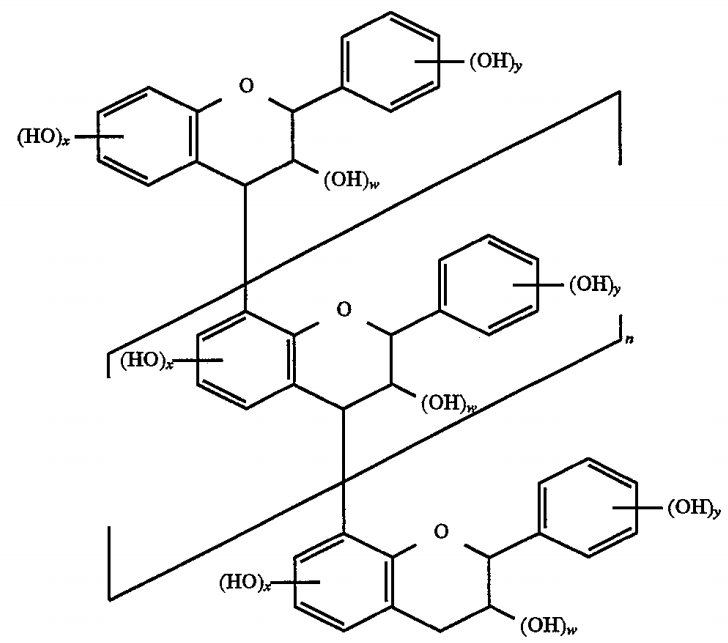
Biography
Biography: Edward B Walker
Abstract
Bacterial infections are the foremost cause of morbidity and mortality throughout the world. Increasing antibiotic resistance is a serious challenge to the strategy of treating bacterial infections by local or systemic use of antimicrobial agents. One promising alternative approach to the prevention of bacterial infections focuses on inhibiting pathogen adhesion to host cells. The search for novel bacterial anti-adherence agents has grown dramatically in recent years. Inter-disciplinary research teams formed from a wide variety of physical and life scientists, clinicians, engineers and others have accelerated the discoveries in this arena. The majority of anti-adherence agents reported to date have been discovered in foods. Some of these food-derived compounds exert their effects in the oral cavity, stomach, intestines, and the urinary tract. To identify these active components, fruits, berries, seeds, tubers, and whole plants are often extracted into solvents, followed by subsequent partitioning into fractions that are then subjected to an assortment of assays. Some assays are based upon direct microscopic observation of bacterial adhesion, while others depend on model systems or bioassays that measure the effects of adherence antagonists. Cranberry (Vaccinium macrocarpon) extracts are the source of the most extensively studied anti-adhesive components to date. Since the discovery of proanthocyanidins anti-adherence activity two decades ago, published accounts of research on cranberry’s anti-adherence activity have increased exponentially as has the availability of commercial cranberry products. Numerous other foods are being studied for ingredients and similar activities. The history of the discovery of cranberry’s active ingredients will be described, in hopes of stimulating more research into the discovery of more novel anti-adherence agents.

Fig: 1 Proanthocyanidins.

